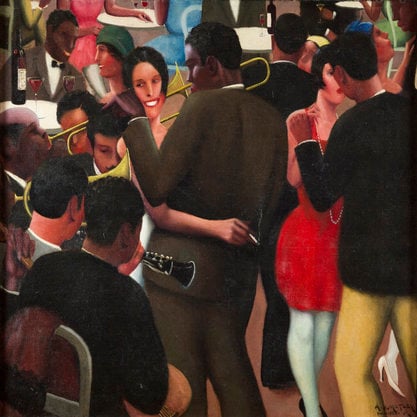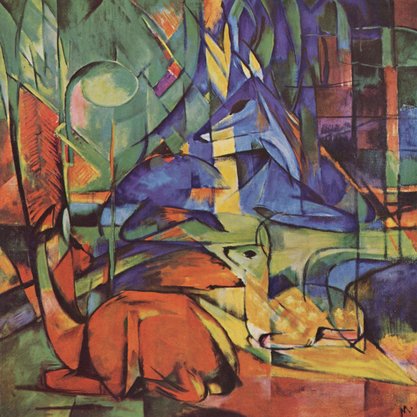Article
Music and Dance By Steichen, James
Article
The histories of modernist music and dance are vast and inextricably related, so much so that it is as daunting to consider them in tandem as it is challenging to study each in isolation. In lieu of a strict chronological survey, this entry discusses different ways in which music and dance mutually influenced each other over the course of the modernist movement. Like Modernism in general, music and dance gave rise to a variety of modes of new expression, with innovations in each field spurring changes in the other. Music and dance created new idioms of sound and movement and would also re-imagine and appropriate older musical repertoires and movement vocabularies to new expressive ends. Modernist composers and choreographers borrowed freely from so-called ‘primitive’ cultures and vernacular themes and trends, but also pursued the highest levels of abstraction. All told, modernist music and dance engaged in a complex and fruitful exchange that challenged the underlying assumptions of each individual art as well as the terms that had previously governed their collaboration.





